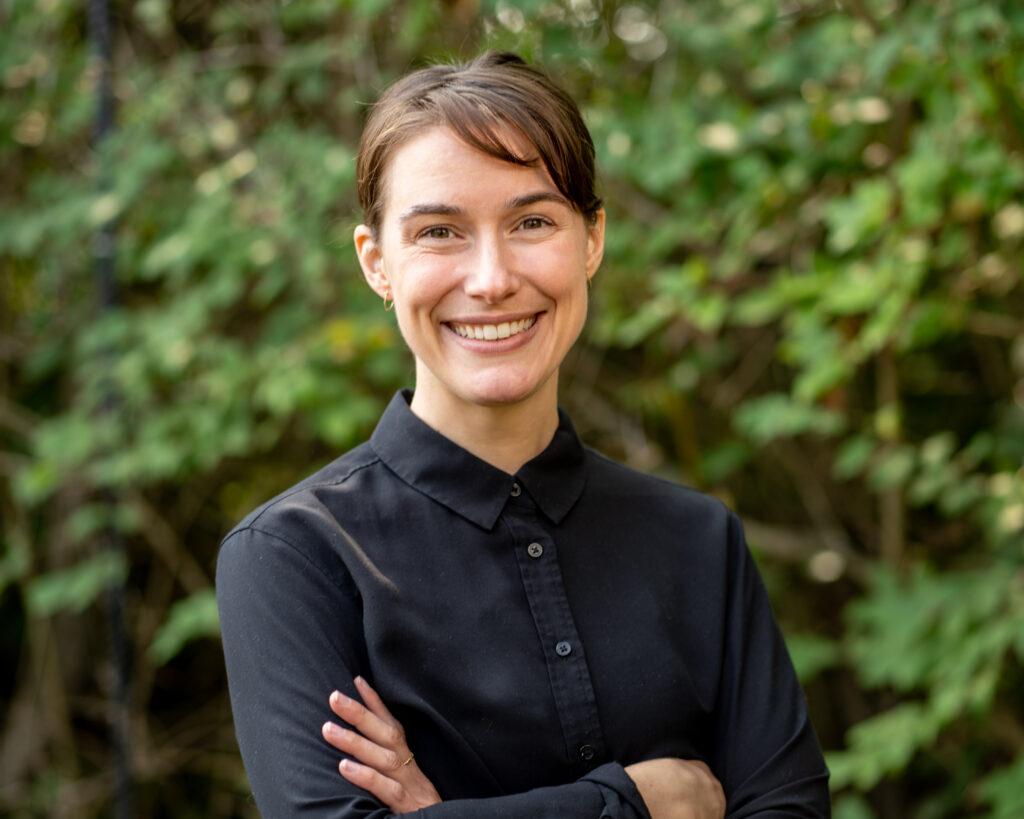Osgoode Hall Law School master’s student Julia Brown, the 2023-24 Environmental Justice & Sustainability Clinic (EJSC) Fellow, hopes she can play a part in ensuring the development of Ontario’s mineral-rich Ring of Fire region, on First Nations land in the environmentally sensitive Hudson Bay Lowlands, does not take place without the free, prior and informed consent of the Indigenous people who live there.

Brown will work with leaders of Neskantaga First Nation in an effort to draft the terms of a workable partnership with the Government of Canada as it prepares to undertake a regional environmental assessment prior to any mineral development. The assessment is taking place under Canada’s Impact Assessment Act, which replaced the Environmental Assessment Act in 2019.
Brown said the original terms of reference for the regional assessment gave First Nations in the area only token participation in the process. After strong pushback, the federal agency involved agreed to review the terms.
“That was disappointing,” she explained, “because this legislation was supposed to be a real improvement in terms of the roles that First Nations would play.
“That was a glaring omission,” she said. “Whether development should go ahead really should be up to the people who live there and whose land it is.”
While various levels of government have recognized the importance of reconciliation, they are still reluctant to give up control – especially when it comes to mineral wealth, Brown remarked.
The federal assessment will be among the first to look at a whole region; environmental assessments are typically project specific. Brown said the Ontario government has, to date, declined to participate in the federal process and is carrying out separate assessments focused only on proposed roads connecting the area to the provincial highway system.
“There is no precedent for the federal government in terms of how this regional assessment has to be structured,” she explained. “So we’ll be working on how it could be structured so there is a real partnership between First Nations and the federal government.”
Last year, Neskantaga First Nation marked its 10,000th day of being under a hazardous drinking water advisory, despite federal commitments to fix the problem. Located 463 kilometres northeast of Thunder Bay, Ont., the fly-in community is situated amid a vast wetland that acts as a huge carbon sink.
Some have called the region the “lungs of Mother Earth,” and the First Nations people there call the region the “Breathing Lands.” In total, the Ring of Fire region spans about 5,000 square kilometres and is rich in chromite, nickel, copper, platinum, gold, zinc and other valuable minerals – some of which are required for battery production.
Brown, who previously worked as a lawyer for Toronto-based OKT Law, the country’s largest Indigenous rights law firm, said she feels fortunate to be working with the Environmental Justice & Sustainability Clinic and its current director, Professor Dayna Nadine Scott – and the feeling is mutual.
“We feel very fortunate this year at the EJSC to have someone with Julia’s depth of knowledge and experience to be stepping into the role of clinic Fellow,” said Scott.
As part of her graduate research, Brown will focus on the issue of emotion in judicial reasoning and how that influences Indigenous title cases. Her research adviser is Professor Emily Kidd White.


